

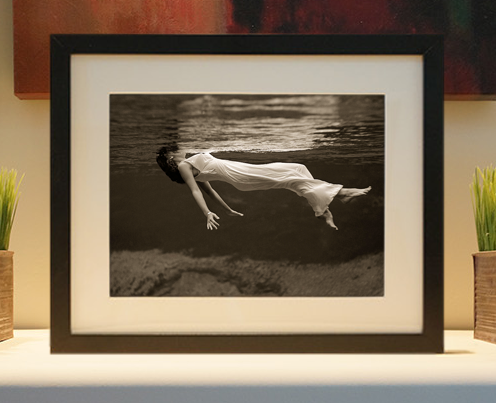
Framed or unframed, desk size to sofa size, printed by us in Arizona and Alabama since 2007. Explore now.
Shorpy is funded by you. Patreon contributors get an ad-free experience.
Learn more.

- The most dangerous fire escape I've ever seen
- Out of Place
- Sir Bedevere
- Witch way to the fire?
- Proud to be an old Coot
- That old scale
- Bowled Over
- Cat years?
- 'Why' Wyoming?
- His Master's Voice
- What! No dish under the skewer?
- Only in Hollywood?
- What's Up Doc?
- Destination?
- I'm pretty sure this was a voluntary program
- When I see chicken wire rabbit cages I think of three things
- The War Ears
- Eating the bunnies? Really?
- A love affair with a machine
- Hasenpfeffer
- Back support
- Hot type!
- Can you smell ... the news?
- Looking across the street and Flong
- Memories of my elderly hoarder neighbor
- Linotype in the Twilight Zone
- By Memory?
- Quiet place
- Line Of Type
- And no hearing protection
Printporium
Washington National: 1950

Arlington, Virginia, ca. 1950. "Washington National Airport -- Eastern Air Lines DC-3 (NC25651) being serviced." 4x5 inch Kodachrome transparency by Theodor Horydczak. View full size.
RE: 9-cylinder or 14 cylinder?
Judging from the ignition harness, it's a 9-cylinder Wright. Perhaps the R-1820-66.
My Thursday Girl
Every Thursday for about a year in 1959 I would board a DC-3 for a supply run and briefcase delivery service while in the Navy. I was a 3rd Class PO in Naval Air Supply stationed in NOTS China Lake (now Naval Air Weapons Station China Lake).
I would load aircraft OCP items (Out of Commission for Parts) we had in stock for the North Island Naval Air Base area and load the same for our planes in China Lake.
One thing I never did find out what was so important in that locked and sealed briefcase. As soon as we landed I had to hightail it on a base bike to the CO's aide and a few hours later I would go back and pick up the same briefcase with a new seal for delivery to my OD at China Lake.
I always had time to kill before going back to China Lake so I would take a ride to see which aircraft carriers were in port just to marvel at the sheer size of them and the power they beamed across the anchorage.
At that time the civilian sand crab engineers were working on perfecting Sidewinder and Polaris missiles at China Lake and I would take pride that maybe I had a small part in the success of those two weapons systems, or then I just could have been carrying dirty and clean laundry. Never knew for sure.
That DC-3 was a gem. It never had any problems in the air or on the ground with smooth landings and cruising no matter the weather. She performed better than any car I ever owned.
End of the line
Long Run of the DC-3
DC-3s are amazing planes. The use of present tense was deliberate -- they are still being flown regularly for commercial flights. Desert Air in Alaska is one example I know of with multiple planes in regular service.
As for stories, I caught a flight on a DC-3 in about 2005, getting picked up from a gravel airstrip on a mothballed Air Force installation on the Alaska Peninsula. The plane was previously the official plane of the governor of North Carolina (I think). The interior of the cabin was still super fancy with custom carpet incorporating the state flag in the designs, as well as comfy leather seats. Now it was hauling bush construction workers and tools.
DC-3s have had long and varied lives.
Mohawk Airlines
I have a connection with both of today's aircraft. In 1962, Mohawk phased out its DC-3s with what it called "Gaslight Service". The planes were redecorated to resemble 19th century interiors, and the cabin attendants dressed in Gay Nineties attire. It was certainly different. Later on, in 1958, the Army flew me home from Frankfurt aboard a chartered Flying Tiger Lockheed Constellation. It was a comfortable flight, but it took 19 hours, with a refueling stop in Ireland. The photo I took of the Connie missed the tail also.
Made with berths
As the small windows above "SILVER FLEET" suggest, it started out as a Douglas Sleeper Transport, carrying passengers on the overnight three-stop flight from New York to Miami. The upper berths had to be a bit smaller -- 30 inches wide instead of 36. Wonder how much sleep they got.
In 1952 TWA brought berths back for overnight transcon flights but they didn't last long.
Anyone know how to tell if those engines are 9-cylinder Wright or 14-cylinder Pratt and Whitney?
Looks like the left wheel is on the turntable -- dunno if Washington National was the only airport that had those.
Photograph
Booming with optimism of postwar years, confirmed by the pleasant memories in the comments.
Super Connie Cockpit Visit
At age 11 in 1958 our family moved from Canada to Geelong, near Melbourne, Australia. We flew in various propeller planes to get from Toronto, Ontario to our new home. That included a United Airlines DC3, a DC6B and a Qantas Super Constellation from Honolulu to Sydney with two stops to refuel. It featured extra fuel tanks on the wing tips. There was the obligatory visit to the cockpit (flight crew of four), a junior flight certificate and a ceremony to cross the equator. My father took a Kodachrome slide and missed the best part of the Super Connie: the triple-fin tail.


Prewar Cushman Autoglide 34
The little orange Gulf scooter was manufactured by Cushman until 1942. In one of its wartime configurations, it was designed to be parachuted in to combat.
EAL Flights
Sometime around 1956 our family was vacationing in Connecticut. When it was time to head to home, we flew on Eastern from Boston to Chicago where we would connect to other airlines to finally get us home.
As my Mom told me, the EAL flight was a puddle jumper. We seemed to be constantly landing and taking off. We must have stopped at every city between Boston and Chicago that had an airport.
Best part of the flight is when the stewardess came down the aisle taking all kids (in small groups) up to the cockpit. Then the obligatory wings were passed out to the "junior" pilots. Unfortunately, I only have the memory and no mementos. Bummer.





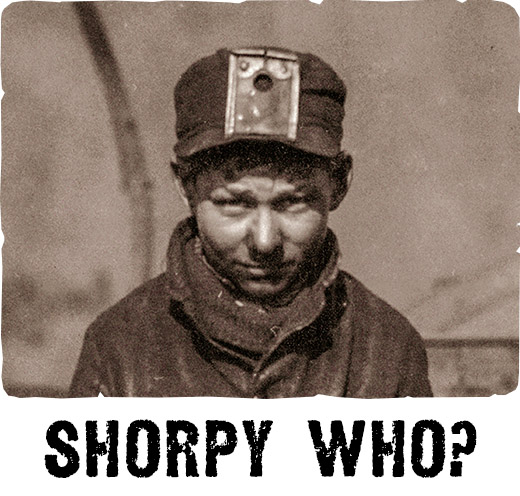
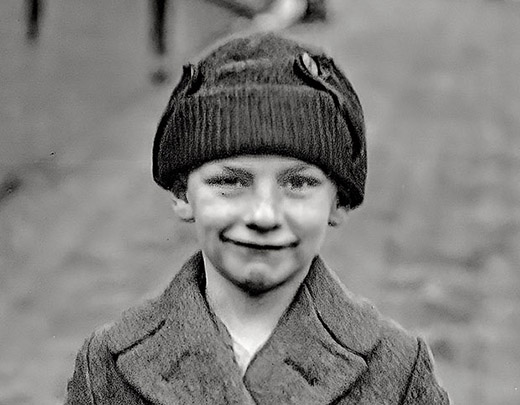
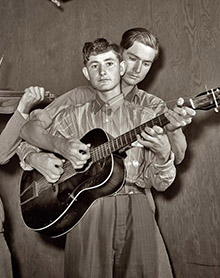
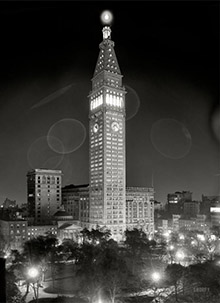
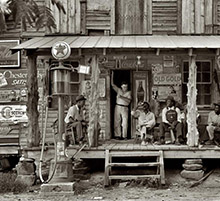
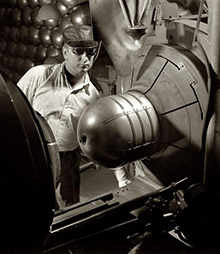
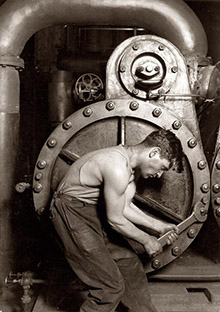
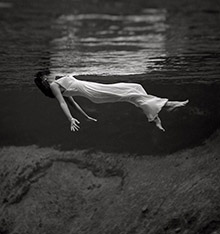
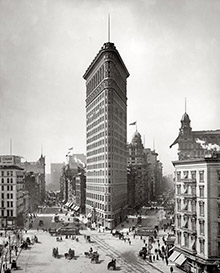

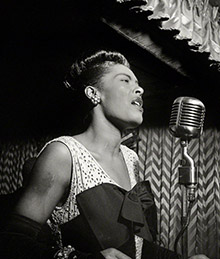
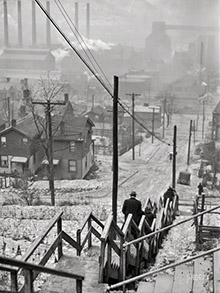
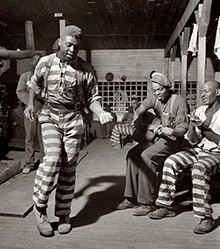

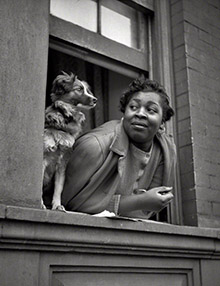
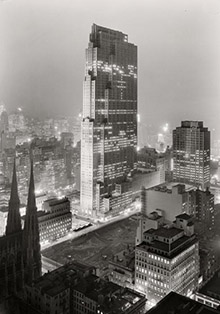

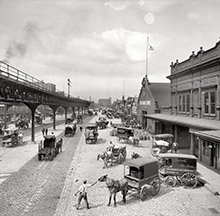
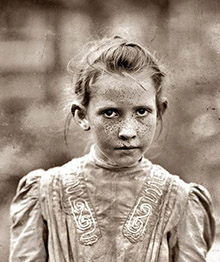

On Shorpy:
Today’s Top 5